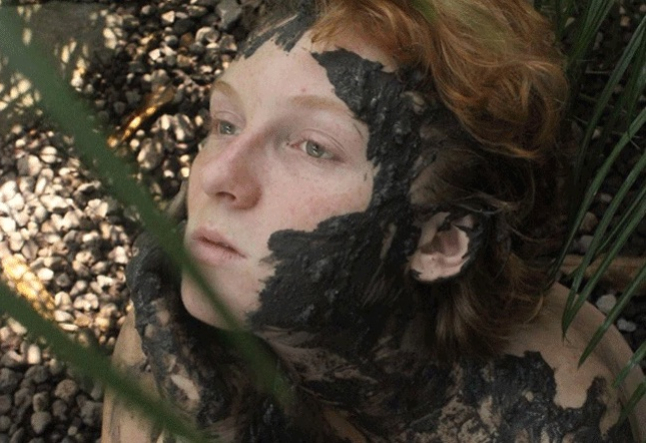know your skin type

how to know my skin type oily dry beauty
Do you know what type of skin you have? Do you know how your skin type reacts with other products we use daily? It’s important to know, so that you can choose the appropriate products to complement your skin to make it soft, smooth and healthy.
How to recognize your skin type
• Cleanse your skin first.
• Wait 15- 20 minutes.
• Press a clean tissue onto your face for 15 seconds.
How does your skin feel? Find your skin type:
Dry or mature skin
• The tissue is completely dry.
• After a wash, skin feels tight, and dry to touch.
• The pores are very fine.
• You rarely have blemishes.
• If you scroll your finger from the bottom of your cheek upwards, you may see dry patches as you scroll.
Sensitive skin
• The tissue may be dry.
• After a wash, it feels dry to normal.
• The pores are small.
• Touching your skin leaves a mark. Skin changes color depending on temperature of the room, or water temperature when you wash.
• Skin is easily irritated.
• Your skin reacts by going red, which means immediate blood circulation.
• You may have light peeling marks, itchiness, burning, roughness, flaky patches.
• Occasionally break out in blemishes.
Note: If you react to ingredients in products, this does not necessarily mean you have sensitive skin.
Normal skin
• The tissue is dry.
• After a wash, skin feels comfortable, smooth, firm, matte.
• Pores are visible but not large or clogged.
• Skin resists weather conditions, tolerant of water and skin products.
• Looks fresh and clean.
• Occasionally break out in blemishes.
Combination skin
• Your tissue has clear marks from the T-zone (forehead, nose and chin).
• After a wash, skin may feel dry on the cheeks. But some areas are smooth and you have oiliness in the T-zone.
• Medium-sized pores.
• You may have black heads and blemishes in the T-zone.
• Skin looks shiny in the T-zone.
Oily / Problem Skin
• Your tissue has oily marks.
• After a wash, your skin feels fine.
• Pores are large.
• Skin looks shiny, with some blemishes.
• Increased activity of the skin cells and glands (known as seborrhea).
Note: there are two types of oily skin:
– Seborrhea Sicca, skin feels dry. There is more of a substance called creatine, than there is of fat.
– Seborrhea Oleosa, skin feels greasy, has a thick surface. There is more fat than creatine.
Damaged (atrophic) skin
• Your tissue has no marks.
• After a wash, skin feels dry and tight.
• No elasticity.
• No hydration, looks wrinkled.
• Has been exposed to too much sun or harsh weather.
• No blemishes (spots).
Now that you have an idea of what skin type you have, it will be easier to find cosmetics and rituals that work well. The advice here is basic – you can learn more by consulting a beautician, who can analyze your skin more precisely.
Read next >> dark chocolate benefits: here are the reasons why you can eat more of It